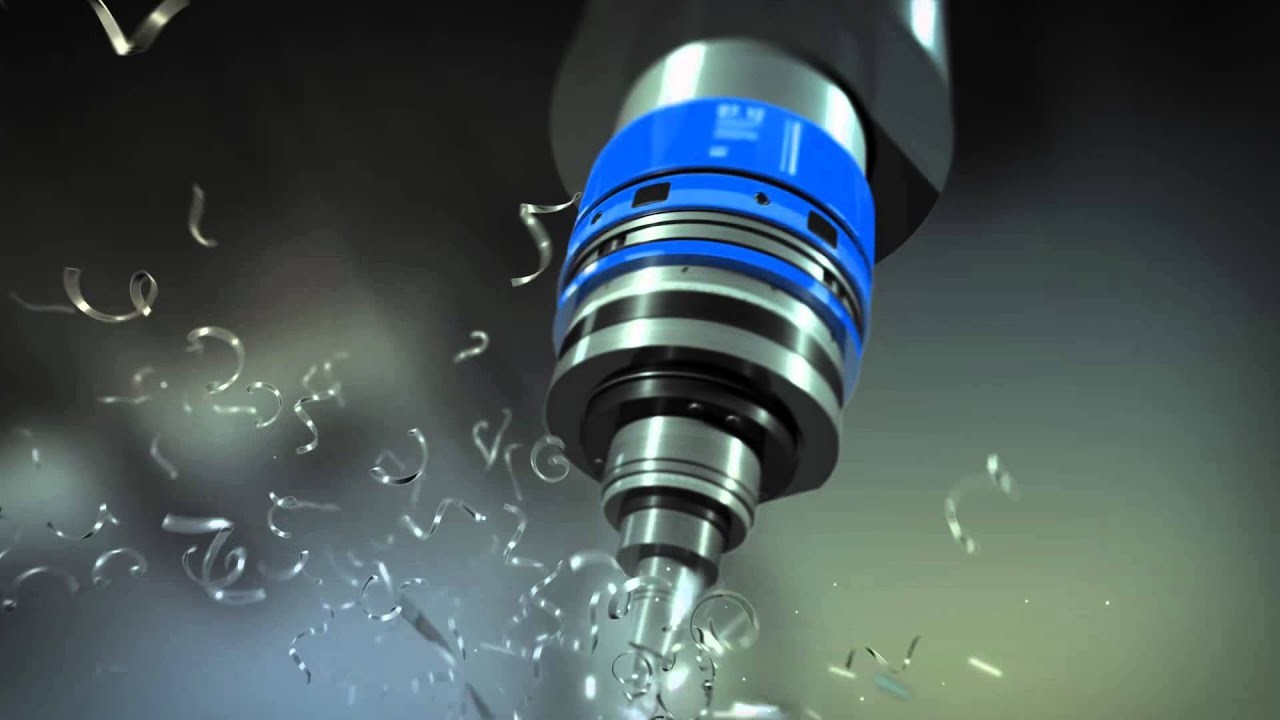CNC Machining: How It Works And The Industries It Benefits
Not too many people take the time to think how different equipment parts are manufactured. CNC (computer numerical control) machining is an excellent example of how far technology has come and now gives us new manufacturing methods for producing anything from round flat washers to custom-designed eyeglasses.

With the assistance of CNC machining, you can turn a solid block of material into an intricate equipment component. The software-controlled machine operation allows for highly precise results.
So whether you are a custom fastener manufacturing company or an independent jewelry shop, CNC machining is increasingly likely to be part of your work process. CNC works for one-time projects or high volume production. It can produce thousands of identical parts.
CNC machining is the general name for two approaches to part manufacturing: CNC milling and CNC turning. Let’s cover how each of them works.
CNC Milling
CNC milling is the most popular CNC machining … READ MORE ...










